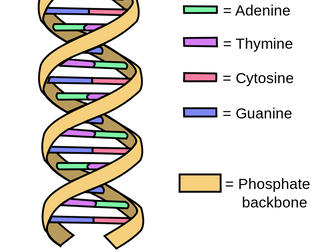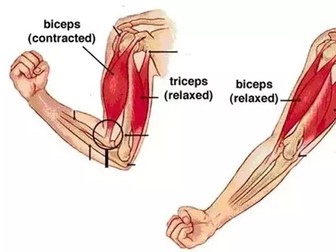Reading task - DNA Structure
<p>This is a simple reading task describing and explaining the structure of DNA and its parts. Several keywords like base, gene, double helix, complimentary base pairing, chromosome and hydrogen bonding are mentioned and their meaning explained. Suitable for home learning and remote teaching.</p>













